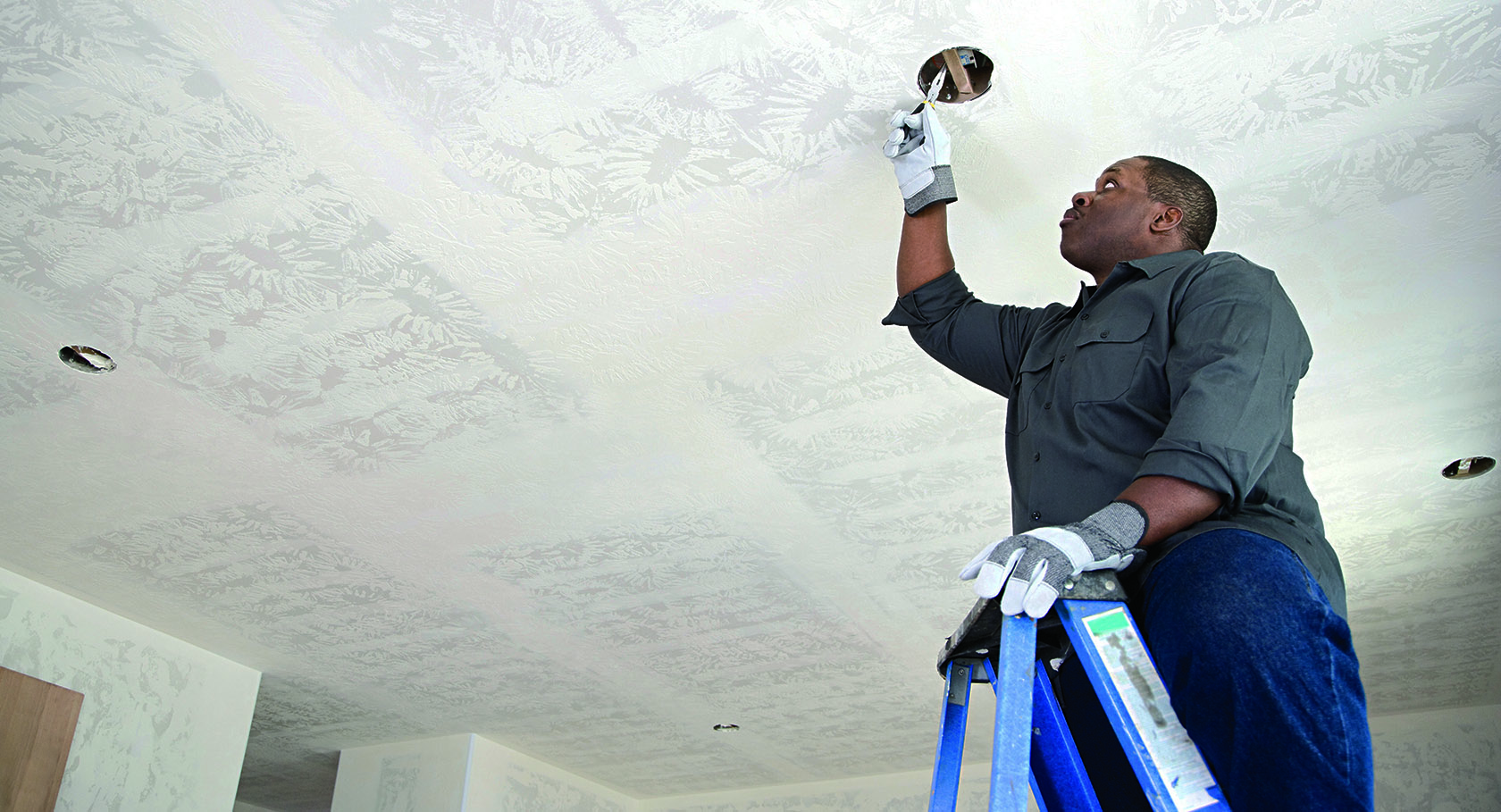Consumers depend on electricity for their light, heat or air conditioning, refrigeration and access to their digital lives – their lives run on electricity! So what should they do when faced with home electrical problems?
Homeowners are so accustomed to having these services at the flick of a switch that when the power goes out, and most residents’ first call will be to their electric provider. However, there are common electrical problems your residents won’t contact their utility about – ones that might indicate they need emergency electrical repairs by a licensed electrician.
Common Issues
Common electrical problems include light bulbs burning out quickly, flickering or going off abruptly; breakers tripping frequently or tripping and not coming back on; and light switches and electrical outlets not working properly.
Light fixtures are typically designed for 60 watt bulbs – and many utility consumers are unaware of that. A higher wattage bulb than a fixture is designed for can cause bulbs to burn out quickly and damage the fixture. That can cost between $129 and $179 per fixture to repair – a steep price for a little more light.
Flickering lights can be benign, merely indicating changes in demand on the grid or larger appliances needing more current. The latter may mean a homeowner should install a dedicated circuit to feed that need – at a cost of about $292 for parts and labor. A more serious electrical issue could also be the cause, including a failing switch or loose connection, issues that require a professional.
Tripping Breakers May Indicate Electrical Problems
A temporary overload can trip a breaker, but this can also be caused by a more serious short circuit or ground fault. If it’s a short circuit or ground fault, it will cost approximately $179 to $212 to have a professional electrician replace each breaker. If the problem is serious enough to require rewiring the home, it will cost an average of $3,500 to 8,500 and can go as high as $30,000, depending on the size of the home and local contractors.
Outlets and switches usually don’t work because a breaker has tripped or a short circuit – or it might simply be a faulty outlet, which can be replaced at a cost of $81 to $98, parts and labor, for an outlet, or a cost of $42 to $103 for a switch.
A third of homeowners have $1,000 or less set aside for home repairs, with an additional 18 percent indicating they have no savings for any kind of emergency home repair, according to HomeServe USA’s State of the Home survey. Fifty-seven percent of homeowners with household incomes under $50,000 have $500 or less or no funds set aside for unexpected repairs. An unexpected expense can be a burden on a homeowner, and one that would be particularly difficult for the newest wave of homeowners – millennials.
Millennial’s Buying Habits
Millennials now are the nation’s largest demographic, outstripping Baby Boomers, and they are buying houses, with 36 percent of them homeowners, according to the Census Bureau. While some millennials have embraced the DIY lifestyle, many are more DIFM, or “Do It For Me.” Even among those who see themselves as handy, their expertise trends more toward technology than home repair – and many are unaccustomed to hiring skilled tradespeople such as electricians.
More millennials are buying homes, but don’t have the money or know-how to do basic repairs – and this is where a service provider can step in and save the day. An electrical provider has the chance to position themselves as an expert and trusted advisor when a utility consumer has home electrical problems and can help them navigate the issue. A utility provider can cut through the hassle of finding a qualified and licensed contractor by providing an optional home warranty program, saving residents the unexpected expense of an emergency repair.

